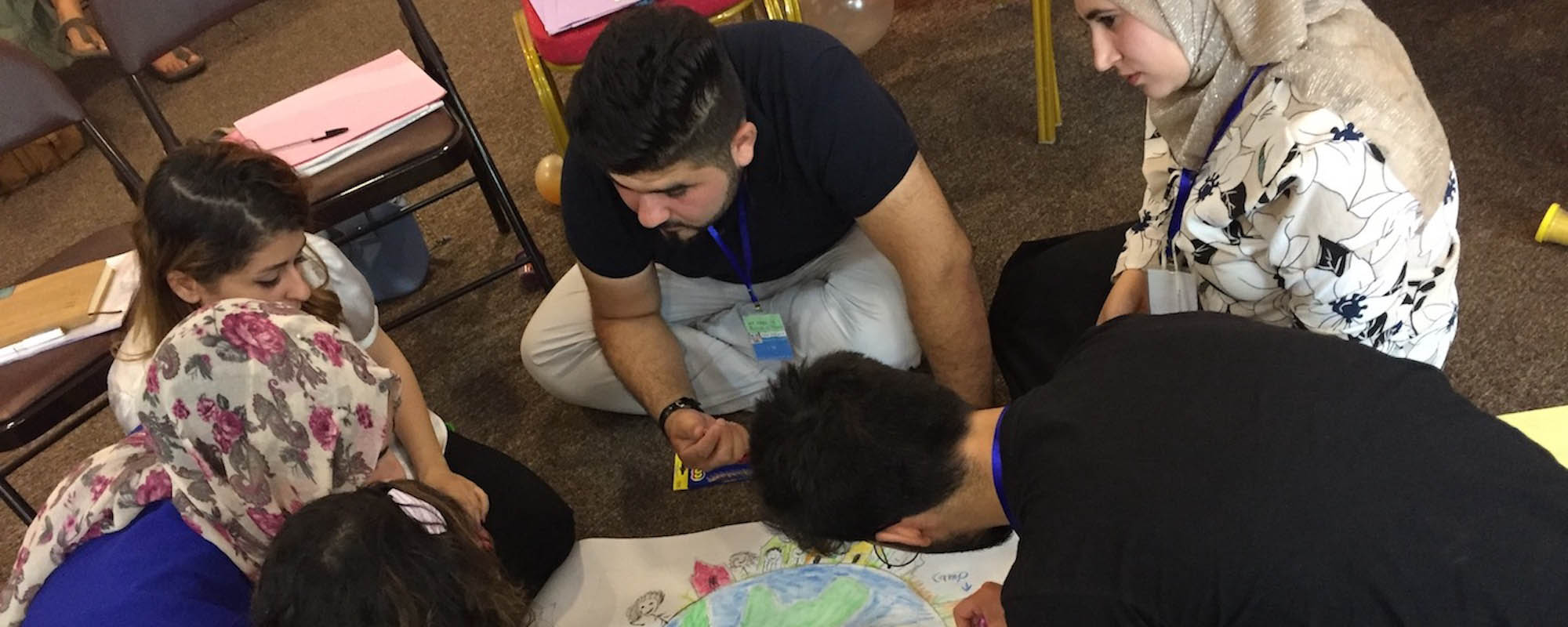CRED-PRO is designed to enable professionals to understand and employ the relevance of children's rights for: The purposes, policies and practices of their profession, Their own direct professional behavior and practice, The purposes, policies and practices of community systems and programs applied to children, and The advocacy roles professionals take as citizens of their communities, nations and the world.
CRED-PRO works to establish educational programs within pre-service preparation and continuing education levels that will have the following major divisions: General introductory-foundational components presenting basic knowledge and illustrating the breadth and depth of the relevance of children's rights for understanding and serving the best interests of children; and Profession-specific introductory, advanced, and highly advanced components.
Multi-disciplinary and inter-disciplinary orientation and facilitation
CRED-PRO has developed a tested methodology for development of culturally-applicable child rights education for professionals and continues to refine this model as it is applied in different cultures and countries globally. This methodology generally consists to the following steps, susceptible for modification according to needs and opportunities. Make a child rights for professionals vision available to national/regional child/youth and advocacy leadership across professions, government and civil society. Develop and continuously upgrade core child rights educational curricula for all professionals through relevant professional associations and for government and civil society child/youth advocacy leadership. Identify country/regional 'advocates' or lead organizations.
- Establish a review process to identify adaptations for cultural relevance.
- Consult with children/youth on their experiences.
- Explore other methodologies that link to CRED-PRO.
- Redraft the curriculum in light of this input.
- Run a Train the Trainer program (TOT) for professionals in the country or region. Identify and create mechanisms for growth, spread, and sustained implementation.
- Introduce systems for certification and accreditation.






